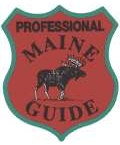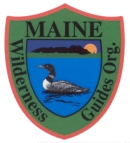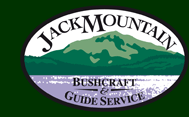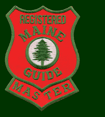We received an inch of fresh snow overnight. In planning for it yesterday, we worked on our introduction to mammal studies and first thing this morning we will be covering our introduction to tracking. A fresh inch of snow over a frozen ground is pretty close to as good as it gets in this part of the world for tracking. In deep snow, it can be hard to see the bottom of the track to see the shape of the imprint, count the toes and claws, etc. Also, as the track ages and the weather changes, the sides of the track can melt or be filled in with blowing snow making it difficult to get accurate measurements. As such, in deep snow we are often looking mainly at the gait patterns and measuring the distances between track. When there is no snow, it is difficult to see any tracks unless it is a muddy or sandy area. This is why we place such an emphasis on sign tracking (marks left by an animal that aren’t footprints) in this part of the world, especially during the months without snow. But when there is a fresh inch of new snow, we can see it all: clear prints where we can see and measure the toes, claws, and size of the track, gait patterns and other aspects of the trail, and sign. It doesn’t happen often that we get conditions like these, so today we’re going to take advantage of it.
Overnight Snow, Morning Tracking | JMB Blog 1934








